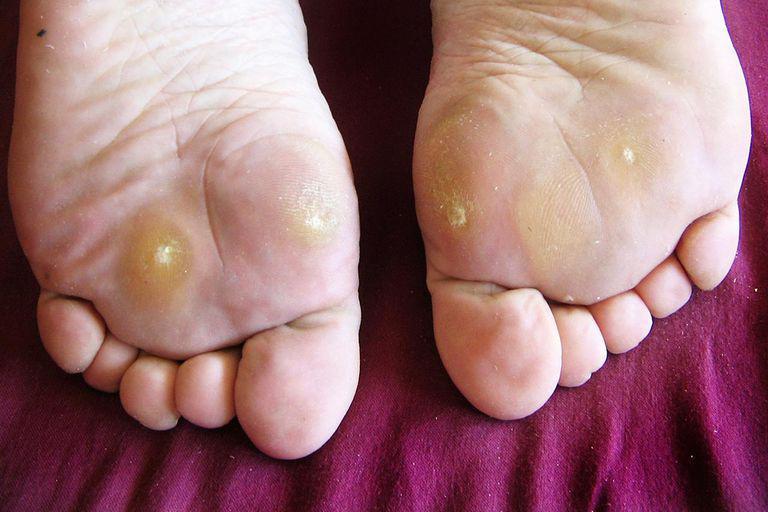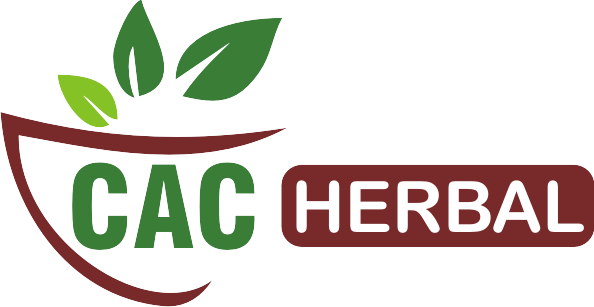
CORNS AND CALLUSES
- 09 Oct, 2021
- Posted by admin
- 0 Comment(s)
What are corns and calluses?
The medical term used for corns and calluses is hyperkeratosis. Corn and calluses are hard and thick skin layers caused by repeated pressure and friction to a particular area of skin. The body forms corns and calluses to protect the skin from injury.
CORNS-
1.Corns are smaller, round and well defined
2.Usually forms on toes and non- weight bearing areas of feet
3.Soft Corns are very painful and caused by repeated friction and pressure.
4.Common locations for corns are bottom of the foot, metatarsal arch and between the fourth and fifth toes.
CALLUSES-
1.A callus is also known as a tyloma.
2.Calluses are vary in size, larger and more diffused.
3.Usually forms on weight bearing areas like soles of the feet.
4.They can also form on hands, elbows, ankles due to high pressure to that areas.
5.Calluses are caused by friction and pressure.
What causes corns and calluses?
1.Lifting weights
2.Foot deformities
3.High heels can compress areas of your feet.
4.Frequent cycling also can be a problem.
5.Abnormal gait can cause corns and calluses.
6.Certain occupations, such as farmers or garden workers.
7.Wearing sandals and shoes without socks or skipping socks also can cause corn and calluses.
8.Tightly Fitting Shoes can compress areas of your feet.
9.Calluses on your palm result from the repeated pressure of writing, using hand tools and playing instruments.
Symptoms of corns and calluses
1.A rough area of skin
2.Appear as a raised bump on the skin
3.Hardened, thick areas of skin
4.Raised patch of skin
5.Tenderness
6.Pain under your skin
7.Flaky, dry or scaly skin
8.Collection of dead skin cells
Duration
1.Corns and calluses are gradually go away within one to four weeks when the pressure causing them stops.
2.It is most important to avoid the triggers and activity that causes corns and calluses.
Treatments
Generally medical attention is not required. Most corns and calluses will usually heal when the friction and pressure causing them stops and remove triggers. You can speed up the healing process at home by doing the following:
1.Soak the affected area in warm water.
2.Thoroughly dry the area.
3.Use a pumice stone to carefully rub the affected area.
4.Gently apply a moisturizing lotion or cream.
5.you can apply castor oil and place a corn pad overtop to relieve pressure on the affected area.
What over the counter (OTC) medications are available?
Moisturizers –
1.Apply moisturizer such as cream, lotions and ointments to your hands and feet to keep the skin soft and smooth.
Salicylic acid-
2.Salicylic acid works by increasing the amount of moisture in the skin.
3.It dissolve the substance (protein) that causes the skin cells to stick together.
4.Salicylic acid should not be used on the moles, birthmarks and warts etc.
What prescription medications are available?
Salicylic acid is prescribed by doctor if your corns or calluses are very large in size.
Oral antibiotics will be prescribed by your doctor in the presence of infection.
Salicylic Acid Plasters: Your doctor will shave down your callus or corn using a scalpel blade. A salicylic acid plaster will be applied to your lesion and left on for 2 to 3 days. It is important to keep this area dry and clean. Next, your doctor will remove the patch and shave down any remaining skin before replacing the plaster patch. Over the next few weeks you should remove any dead skin using a nail file or pumice stone each night before replacing this patch. Your lesion should heal within 1 to 2 weeks.
How are corns and calluses diagnosed?
The presence of a thickened and raised area of skin can indicate the presence of a corn or callus. You should visit a doctor if you notice any of the following:
1.Your condition becomes extremely painful and unbearable.
2.An infection is present, as indicated by fluid and pus.
3.If you have diabetes, heart problems or any other blood flow problems.
What else could this be?
PLANTAR WART:-
A painful small growth that usually appears on weight bearing areas such as heels or other weight bearing area.
PLANTAR POROKERATOSIS:-
A rare genetic disease that first appears on the palms and soles.
Small pruritic or painful keratotic lesion due to abnormal keratinization.
PALMOPLANTAR KERATODERMA:-
It is a group of skin conditions characterized by thickening of the skin of palms and soles.
ECCRINE POROMAS:-
A solitary tumor arises from sweat glands that usually appear on the sole of the foot and palm of the hand.
